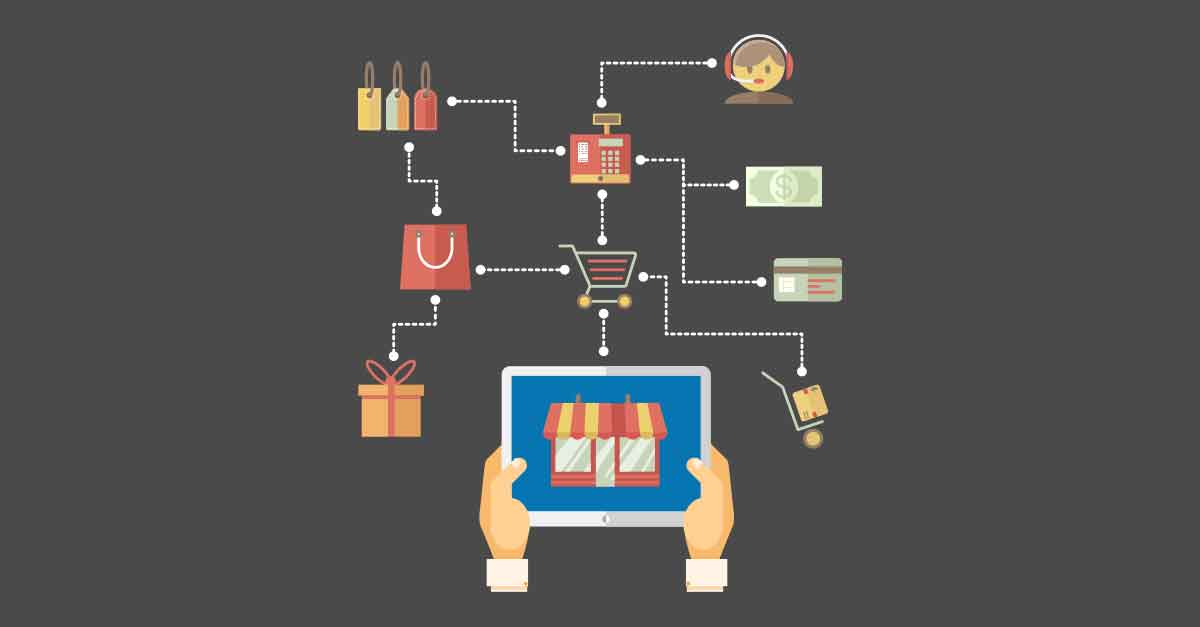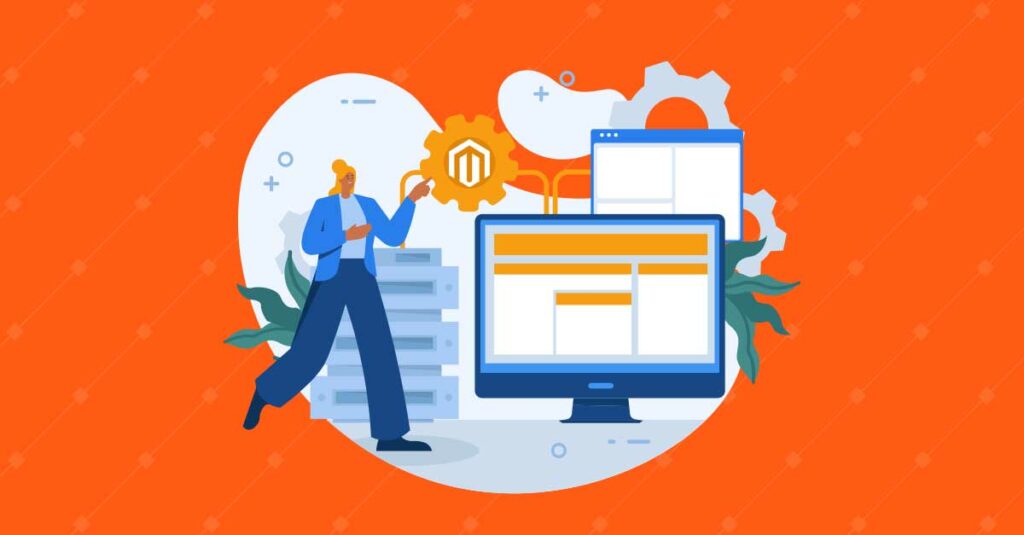Omni-channel retail strategy refers to a business approach that aims to provide a seamless and integrated shopping experience for customers across multiple channels and touchpoints. As such, it involves strategically aligning and coordinating various sales channels, including physical stores, online platforms, mobile apps, social media, and more.
However, to realize such a strategy, businesses must pay attention to unifying customer experiences, data integration, inventory synchronization, and nurturing personalization and convenience throughout the shopping journey. That said, let’s dive deep into the ingredients that make a successful omnichannel retail strategy.
1. Understand Your Customers
Perform Market Research and Customer Segmentation
Carrying out market research and customer segmentation involves gathering data and dividing the customer base into distinct groups based on demographics, preferences, and behaviors. This process provides insights into your target market, enabling you to understand customer needs, tailor strategies, and deliver personalized experiences across channels for increased customer satisfaction and business success.
This bodes well when considering that about 70% of consumers consider personalized experiences to be integral to their purchasing journeys.
Identify Customer Preferences, Behaviors, and Expectations Across Channels
It’s essential to analyze customer interactions, purchase patterns, and engagement metrics. It helps understand how customers prefer to engage with your brand, their channel preferences, and their expectations for a seamless and personalized experience. In concrete terms, this knowledge enables businesses to:
- Align the offerings per the customers’ needs
- Optimize different touchpoints
2. Emphasize an Integrated Customer Experience
Develop a Consistent Brand Identity and Messaging
Developing a consistent brand identity and messaging involves creating a cohesive and recognizable image for your brand across all channels. This includes defining your brand values, visual elements, and tone of voice. Consistency in brand identity and messaging helps build trust, strengthens brand recognition, and ensures a unified and memorable experience for customers across different touchpoints.
Ensure Seamless Integration Across all Customer Touchpoints (Online and Offline)
As per HubSpot’s 2023 survey, 69% of the customers were still purchasing products in-store, as compared to 52% that were using online retail channels.
This requires aligning data, processes, and communication channels to provide a consistent journey for customers. As such, it includes integrating online platforms, physical stores, mobile apps, social media, and customer service channels to eliminate friction and enable smooth transitions — enhancing convenience and engagement for customers.
3. Pursue Unified Data and Analytics
Implement a Centralized Customer Data Platform
Implementing a centralized customer data platform involves consolidating and organizing customer data from various sources into a single repository. Why do so? Well, it enables businesses to have a unified view of customer information, including demographics, purchase history, preferences, and interactions.
In simple words, this centralization enhances data accessibility, analysis, and personalization, allowing for more effective customer segmentation and targeted marketing.
Utilize Analytics to Gain Insights into Customer Behavior and Preferences
Robust analytics helps identify trends, patterns, and correlations, providing a deeper understanding of customer preferences, buying habits, and interactions across channels. These insights enable businesses to make data-driven decisions, personalize marketing strategies, and optimize customer experiences for better engagement and satisfaction.
4. Optimize for Mobile
Optimize Your Channels for Mobile Devices
Optimizing commerce channels for mobile devices involves ensuring that they are designed and developed to provide a seamless and user-friendly experience on smartphones and tablets.
How is this made possible? By stressing responsive design, fast loading times, intuitive navigation, and mobile-specific features. Mobile optimization enhances accessibility, usability, and engagement, allowing customers to easily browse, shop, and interact with your brand on their mobile devices.
Enable Mobile Payments and Location-Based Services
Enabling mobile payments and location-based services involves integrating payment solutions that allow customers to make transactions conveniently through their mobile devices. Previously, a report outlined that 83% of shoppers consider “convenience” to be the most important part of their buying journeys.
Location-based services utilize geolocation data to provide personalized experiences, such as targeted offers, in-store notifications, and optimized search results based on the user’s location. These features enhance convenience, speed up transactions, and provide tailored experiences for mobile users.
5. Focus on Personalization and Targeting
Leverage Customer Data to Deliver Personalized Experiences
By analyzing customer data, businesses can tailor product recommendations, targeted promotions, and customized communications to meet individual customer preferences. This personalization enhances customer engagement, satisfaction, and loyalty by providing relevant and meaningful interactions across channels.
Implement Targeted Marketing Campaigns and Promotions
Implementing targeted marketing campaigns and promotions involves tailoring your marketing efforts to specific customer segments based on their preferences, behaviors, and demographics. Again, by utilizing customer data, businesses can create personalized messages, offers, and advertisements that resonate with the target audience. This approach:
- Increases the effectiveness of marketing initiatives
- Improves customer engagement
- Drives conversions by delivering relevant content to the right people at the right time
6. Facilitate Seamless Inventory and Fulfillment
Integrate Inventory Management Systems Across Channels
Integrating inventory management systems requires synchronizing and connecting the inventory data from various sales channels. This ensures real-time visibility of product availability and prevents overselling or stockouts.
Through such integration, businesses can provide accurate inventory information to customers, streamline order fulfillment processes, and optimize inventory allocation across all channels.
Enable Flexible Fulfillment Options
Enabling flexible fulfillment options involves offering customers alternative methods to receive their purchases, such as shipping from a nearby store or opting for in-store pickup of online orders. This approach leverages the inventory available across multiple channels and provides convenience and choice to customers. It improves the speed of delivery, reduces shipping costs, and enhances the overall customer experience by allowing them to choose the most convenient fulfillment method.
Conclusion
Adopting an omnichannel approach offers long-term benefits and a competitive advantage in the retail industry. By providing a seamless and personalized customer experience across multiple channels, businesses can cultivate customer loyalty, increase repeat purchases, and drive long-term revenue growth.
More profoundly, an omnichannel strategy enables businesses to stay ahead of the competition by meeting customer expectations, leveraging customer data for targeted marketing, optimizing operations, and more. It positions businesses as innovative, customer-centric, and adaptable, allowing them to thrive in an increasingly digital and interconnected retail landscape.
Want to realize a successful omnichannel retail strategy? Connect with our experts for a free consultation.








